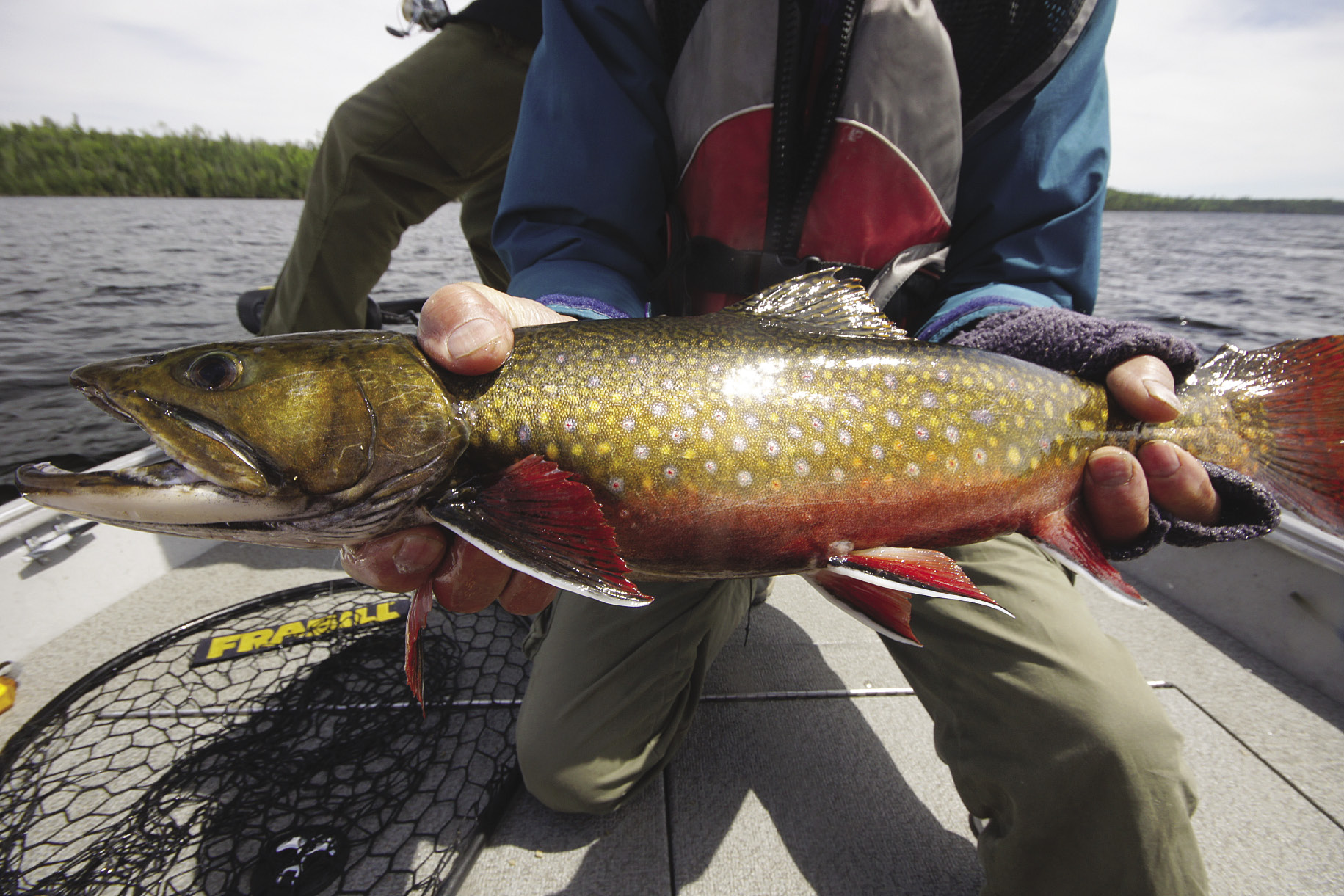

Bull trout are fairly colorful and sometimes referred to as Rocky Mountain trout or western brook trout. For nearly a century, they were confused with Dolly Varden, sometimes called Dolly Varden trout, but a scientist in 1978 proved they are two separate species. These fish grow considerably larger, 35 inches and up on occasion. Migratory bull spend winters in larger bodies of water and then migrate back to smaller waters to reproduce. Some bull trout are homebodies, residents that spend their entire lives in the same stream or creek, rarely growing larger than 10 inches long. They are seldom found in waters where temperatures exceed 59 to 64 degrees. They’re not quite the generalists of some of the other trout species, needing cool water and seeming to like deep pools. That trout was caught with a spinning rod/reel and a Rapala Fat Rap crankbait.īull trout are native to Pacific Northwest, found in most major river drainages on both sides of the Continental Divide. The second closest came March 1989, a 23-pound, 2-ounce trout caught by Don Yow in Oregon’s Lake Billy Chinook. No fish has since approached that record. Bull Trout: 32 pounds The world record bull trout. They sport, wavy tiger-like, or maybe worm-track markings on their sides. The fish are stockier than their parents, with brownish backs, light-colored sides and golden-yellow to brownish-orange bellies. Many tigers are stocked at private European clubs, but they might be found wherever brook trout and brown trout share the same water. Tiger trout are known for their aggressiveness, their preference for feeding on the surface, and their zeal in attacking flies and lures. Tiger trout are sterile, unable to reproduce. Nearly two-thirds of hatchery-bred fish don’t live. Tigers are a cross between a female brown trout and a male brook trout. Peterson was fishing with a Shakespeare rod and Okuma reel.

The trout weighed 24 pounds, 8 ounces and measured 34.50 inches long with a 25-inch girth. The biggest tiger trout on record was caught Jby Caylun Peterson in Washington state’s Loon Lake.

Tiger Trout: 24 pounds, 8 ounces The world record tiger trout. He holds several IGFA records for cutthroats, all caught in Pyramid Lake. Garcia was using a Cabela’s rod and reel with 16-pound Ande line. The biggest cutthroat ever taken with fly tackle is a 35-inch, 19-pound fish that slurped in a wooly bugger Adam Garcia was casting Nov. No other details are known about that catch. 1, 1925 on Pyramid lake in Nevada by John Skimmerhorn.

The biggest cutthroat on record is a 41-pounder caught Dec. Cutthroat Trout: 41 pounds Adam Garcia’s massive 19-pound cutthroat trout is the biggest ever taken on fly tackle. Like most fish, rainbow coloration varies greatly depending on size, habitat and spawning stage. Steelhead are the anadromous versions of rainbows. Now a citizen of the world, rainbows have been stocked on nearly every continent. Due to its hardiness and adaptability, it has been a favored stocking fish across most Canadian provinces and the United States from the Great Lakes and eastward down to northern Georgia, Alabama, and Texas. Rainbows are native to North America’s West Coast from southern Alaska to Mexico and inland to central Alberta, Idaho and Nevada. Fly fishermen relish their willingness to attack a fly and then go aerial in the ensuing battle. The rainbow is the most prolific, well-known species of trout in North America.


 0 kommentar(er)
0 kommentar(er)
